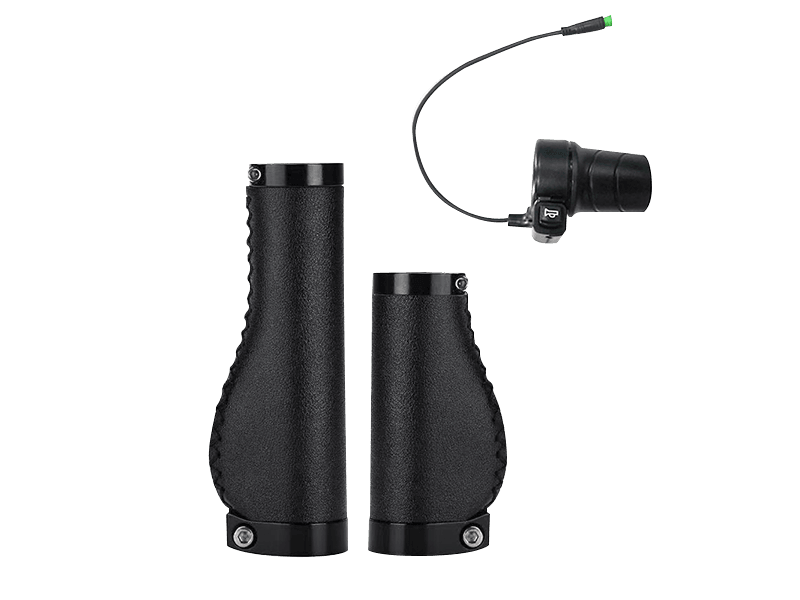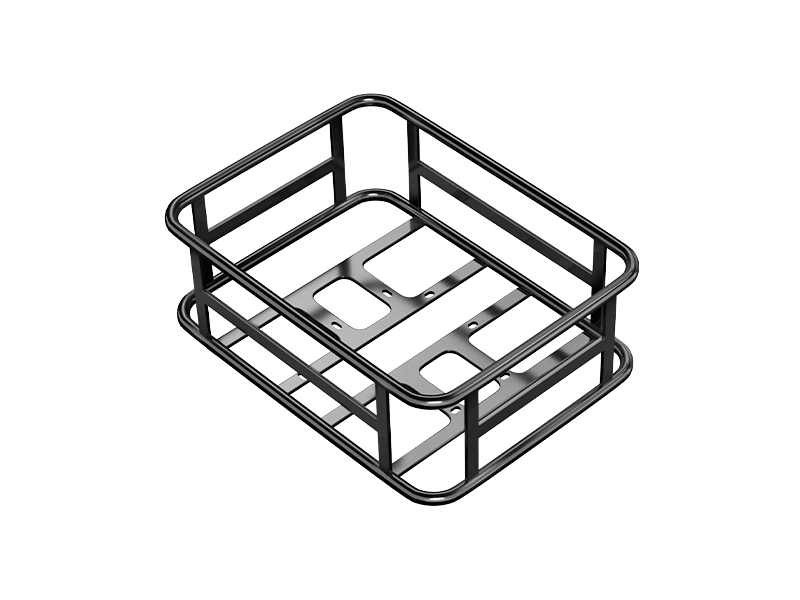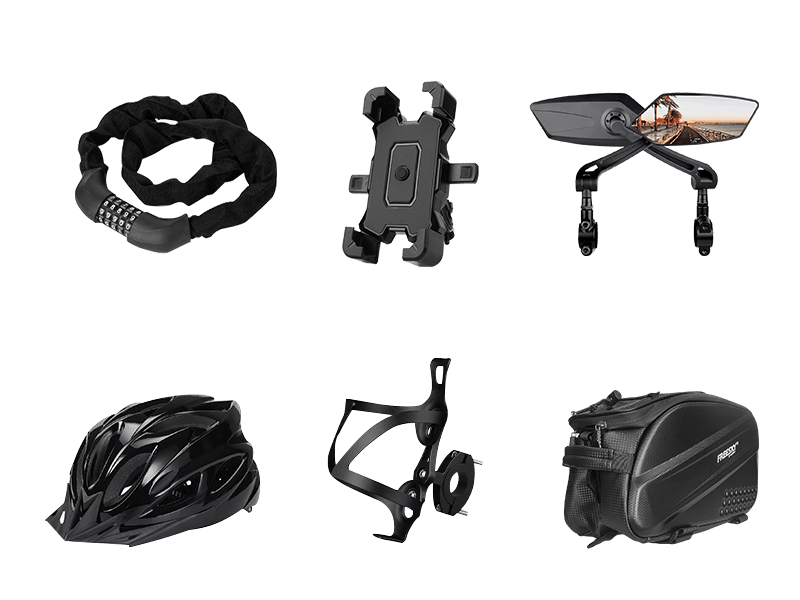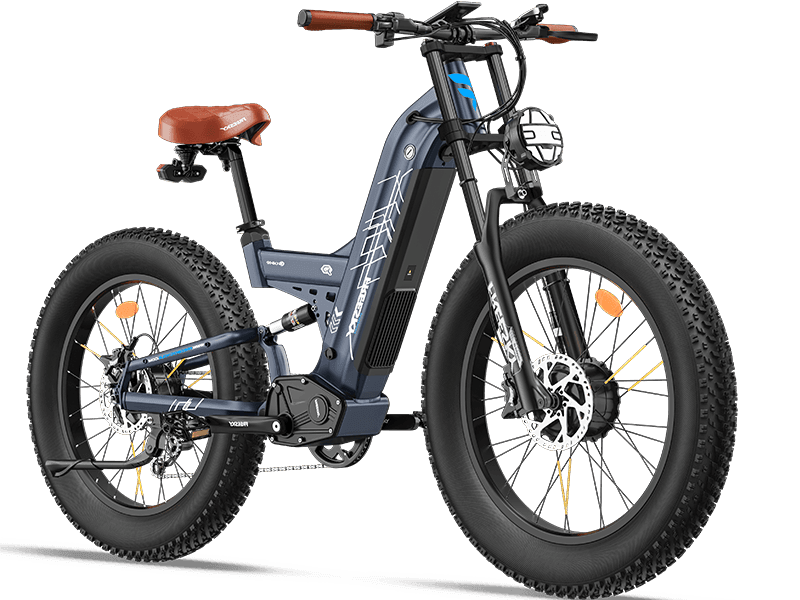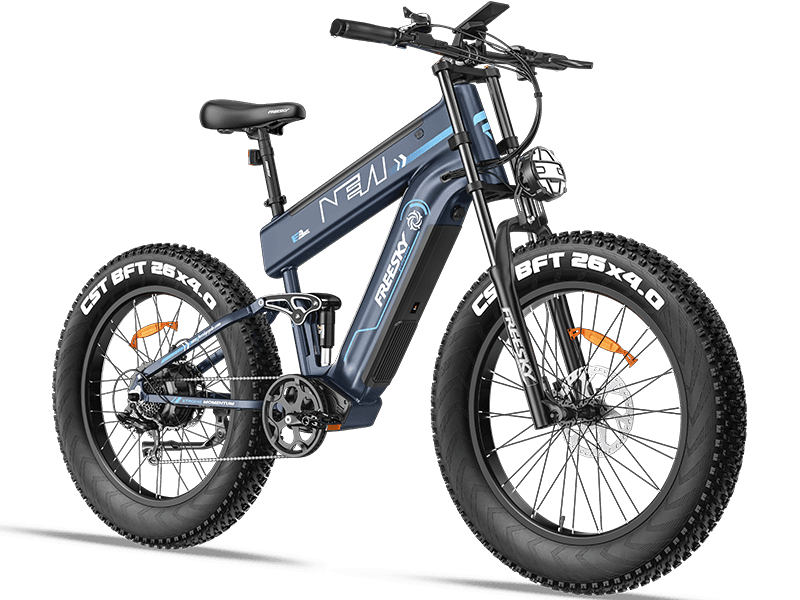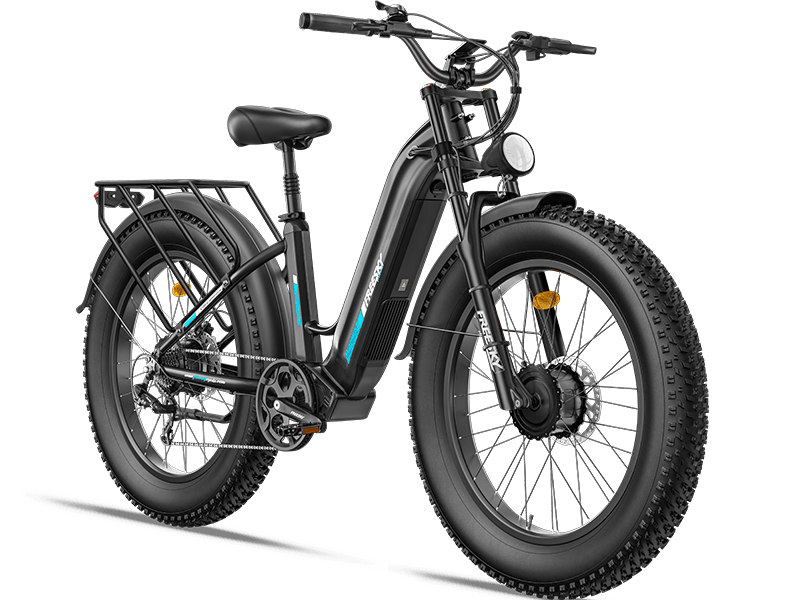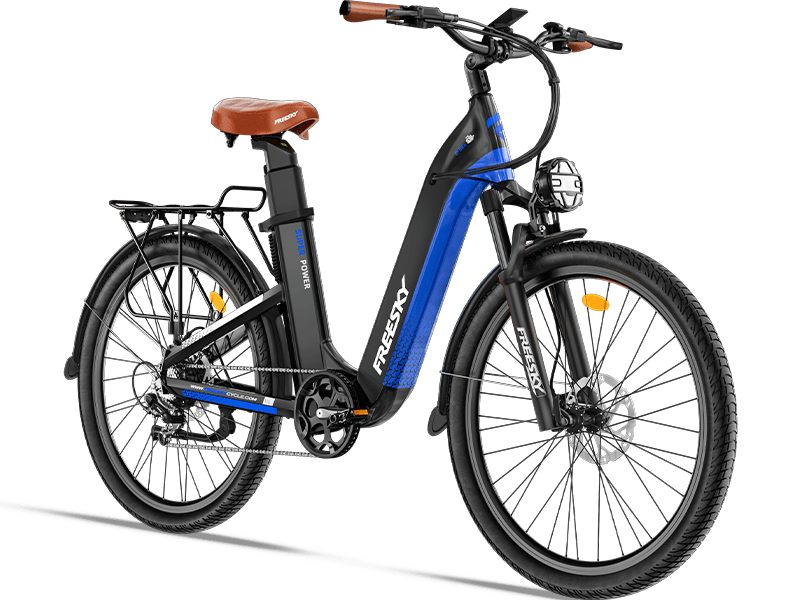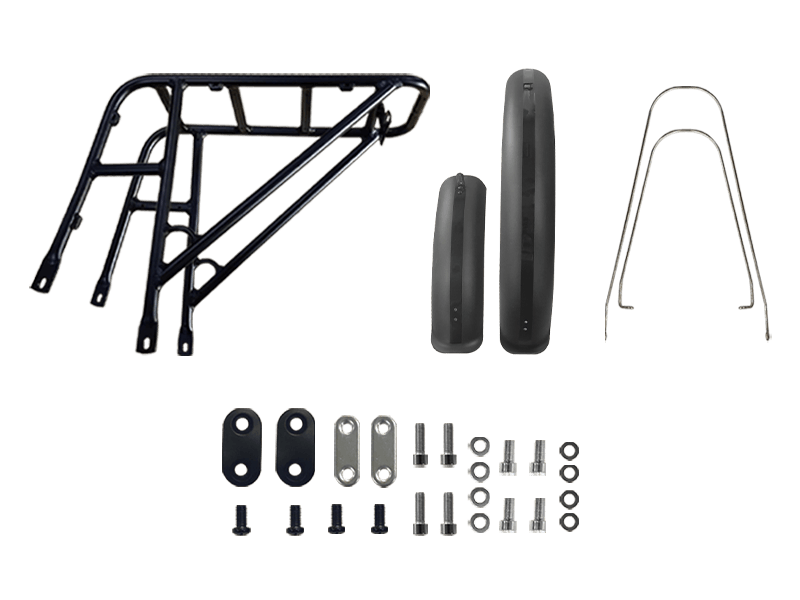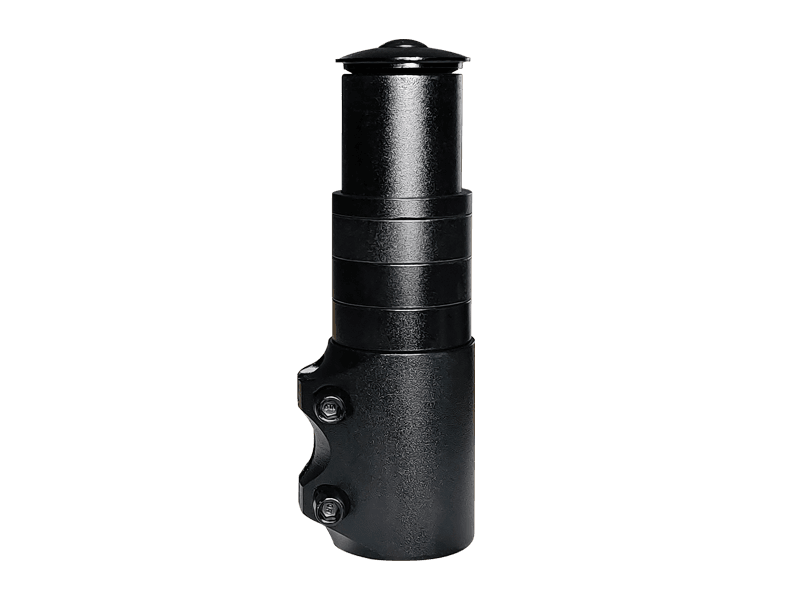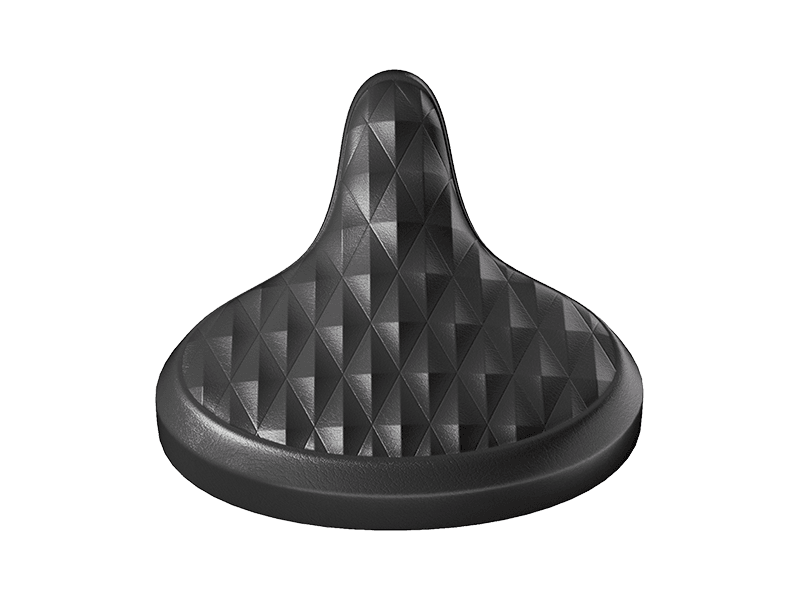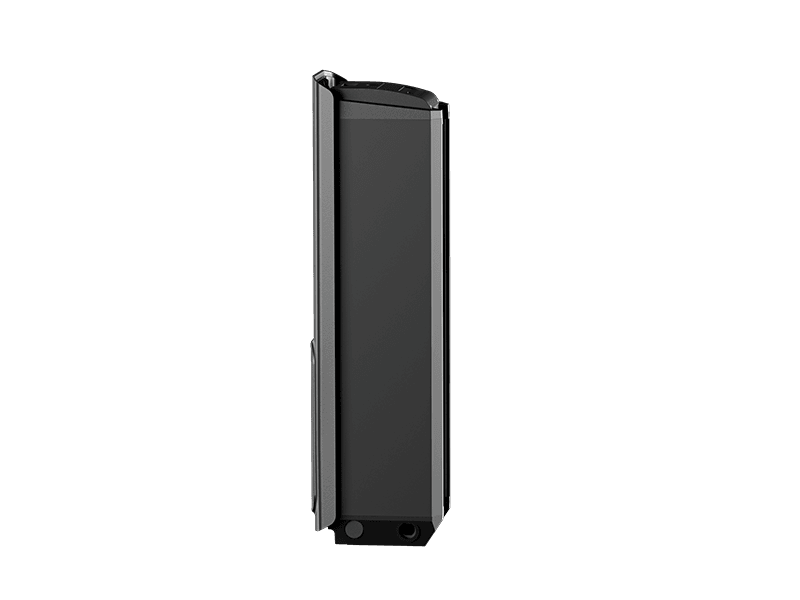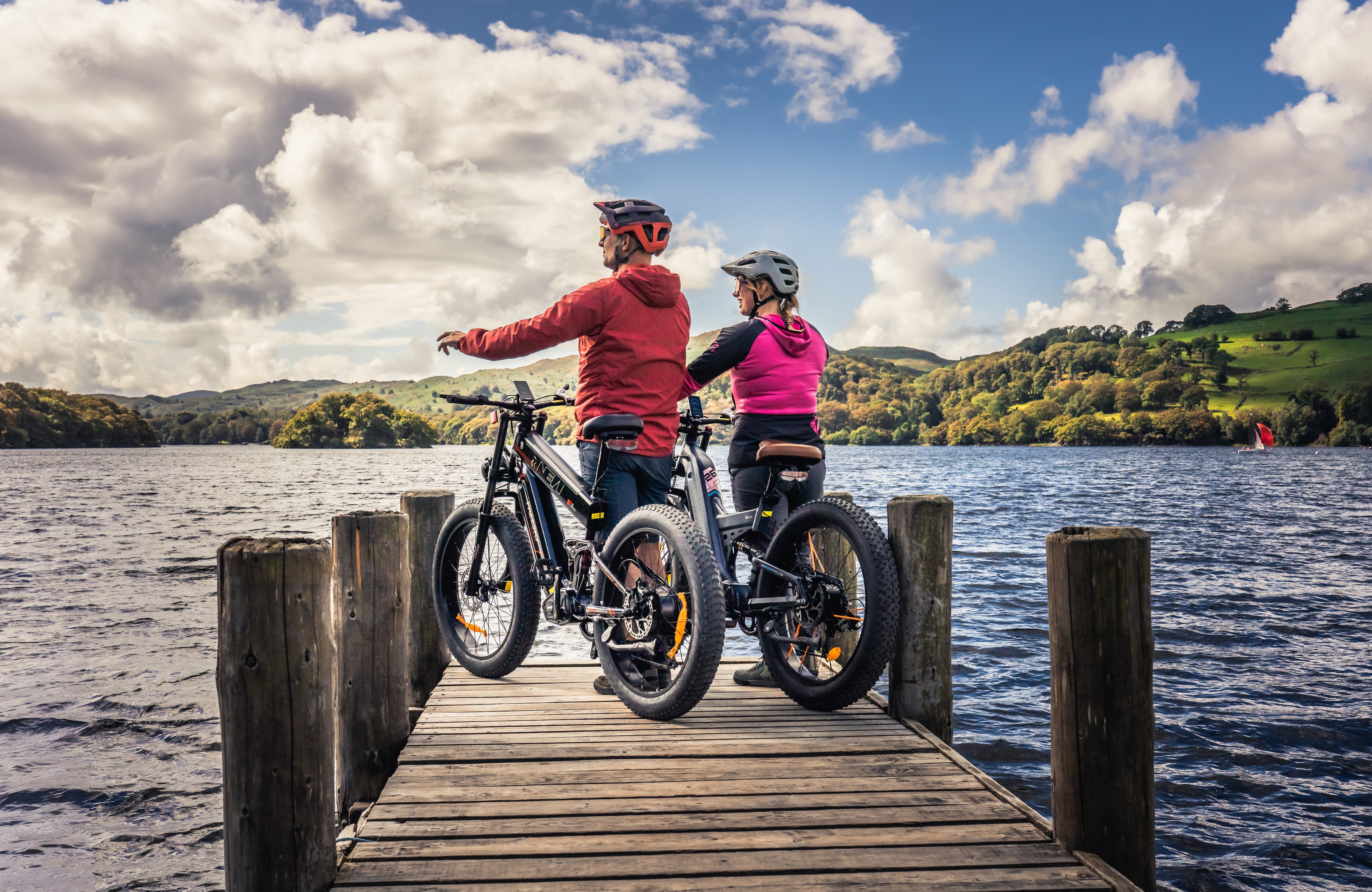Start Your Electric Bike Without a Key: NFC Unlocking Made Easy
APR 15, 2025
In the world of electric bikes, convenience and innovation go hand in hand. The Warrior eBike stands as a testament to this, offering riders not just a powerful and rugged ride, but also cutting-edge technology that makes your life easier. One of the standout features of the Freesky ebike is its NFC (Near Field Communication) unlocking capability, allowing you to start your bike without the hassle of a physical key. Let’s dive into how this feature works and why it’s a game-changer for eBike enthusiasts.
What is NFC and How Does It Work?
NFC technology allows devices to communicate wirelessly when they are close to each other, typically within a few centimeters. It’s the same technology used in contactless payment systems like Apple Pay or Google Wallet. In the case of the Warrior eBike, the NFC function is integrated into the bike's dashboard, enabling a seamless and secure way to unlock and start your bike.
The Freedom of Keyless Riding
Imagine this: You’re ready to hit the road, but instead of fumbling through your pockets or bag for a key, you simply tap your NFC-enabled device, like a smartphone or a card, on the bike's dashboard. In an instant, the Warrior eBike powers up, and you’re ready to ride. This keyless start feature not only saves you time but also adds an extra layer of security—only devices with the correct NFC chip can unlock the bike.
Why Choose the Warrior eBike?
The Warrior eBike isn't just about convenience. It's a powerful machine designed for those who seek adventure and reliability. With its robust build, high-torque motor, and long-lasting battery, the Warrior is ready to take on any challenge. Whether you’re commuting through the city or exploring off-road trails, the Warrior delivers an exceptional riding experience.
The addition of NFC unlocking is the icing on the cake. It reflects the bike's commitment to blending technology with performance, ensuring that every ride is not just enjoyable but also effortless. Plus, you’ll never have to worry about losing your keys again.
How to Set Up NFC Unlocking on Your eBike
Getting started with the NFC unlocking feature on your eBike is straightforward:
-
Activate NFC on Your Device: Ensure that your smartphone or NFC-enabled card is ready to use. Most modern smartphones come with built-in NFC functionality.
-
Pair Your Device with the Bike: Follow the easy instructions provided in the Warrior eBike manual to pair your NFC device with the bike’s dashboard. This usually involves placing the device near the NFC reader and confirming the pairing.
-
Unlock and Ride: Once paired, you can start your bike anytime by simply tapping your device on the dashboard. It’s that easy!
The Freesky ebike eBike is a perfect blend of power, durability, and smart technology. The NFC unlocking feature is just one of the many reasons why this bike stands out in the crowded electric bike market. It offers riders the freedom of keyless riding, enhancing the overall experience and making every journey more enjoyable. If you’re looking for an eBike that’s not just about getting from point A to point B but also about embracing the future of riding, Freesky ebike is your go-to choice.
Ready to experience the future of eBiking? Hop on a Freesky ebike and ride key-free into your next adventure!


